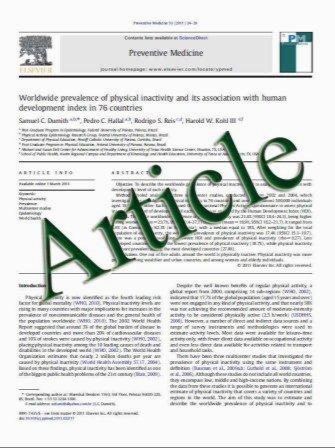Inflammatory breast cancer: high risk of contralateral breast cancer compared to comparably staged non-inflammatory breast cancer
- نوع فایل : کتاب
- زبان : انگلیسی
- مؤلف : Catherine Schairer Linda M. Brown Phuong L. Mai
- چاپ و سال / کشور: 2011
Description
Inflammatory breast cancer (IBC), the most lethal form of breast cancer, has characteristics linked to higher risk of contralateral breast cancer. However, no large studies have examined risk of contralateral breast cancer following IBC. We calculated absolute risk of invasive contralateral breast cancer among 5,631 IBC and 174,634 comparably staged non-IBC first breast cancer cases who survived at least 2 months following diagnosis and were reported to 13 Surveillance, Epidemiology, and End Results (SEER) registries between January 1, 1973 and December 31, 2006. We considered that contralateral cancers occurring within 2–23 months of first cancer diagnosis may more likely be metastatic/recurrent disease and those occurring 2 or more years after diagnosis independent primaries. Absolute risk of contralateral breast cancer was generally greater following IBC than regional/ distant non-IBC, regardless of age and hormone receptor status of first cancer diagnosis. Much of the increase in absolute risk following IBC occurred within 2–23 months of first cancer diagnosis, while the risk for non-IBC occurred more gradually over time since diagnosis. For instance, among women first diagnosed before age 50, absolute risks following IBC and non-IBC were 4.9 vs. 1.1% at 2 years, 6.0 vs. 2.2% at 5 years, and 7.7 vs. 6.1% at 20 years after diagnosis. However, patterns of higher risk following IBC than non-IBC were also evident for at least 10–15 years in the subcohort of women who survived at least 24 months without a contralateral cancer. In conclusion, our results suggest that IBC has higher risk of cancer in the contralateral breast than comparably staged non-IBC, possibly due to both metastatic/recurrent disease and independent primaries.
Breast Cancer Res Treat (2011) 129:117–124 DOI 10.1007/s10549-010-1324-y Received: 15 December 2010 / Accepted: 20 December 2010 / Published online: 9 March 2011 Springer Science+Business Media, LLC (outside the USA) 2011


